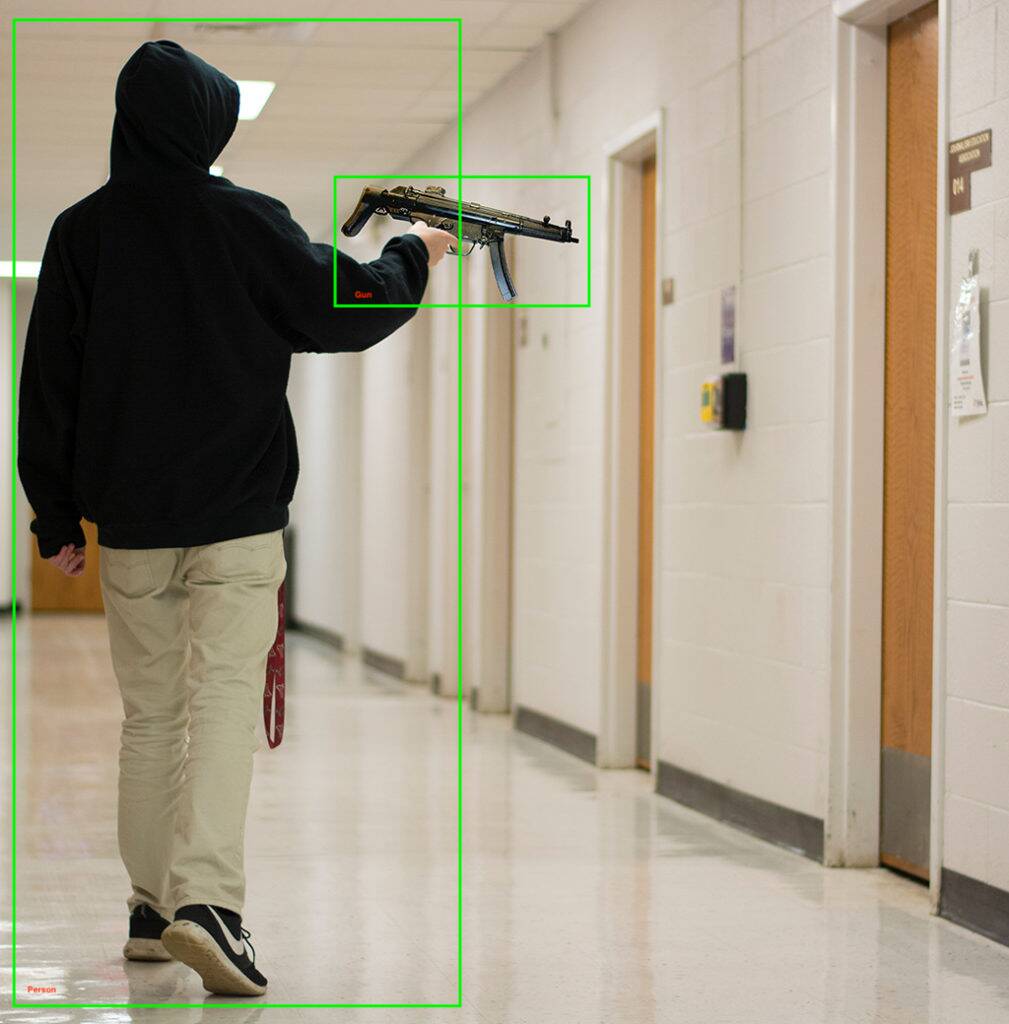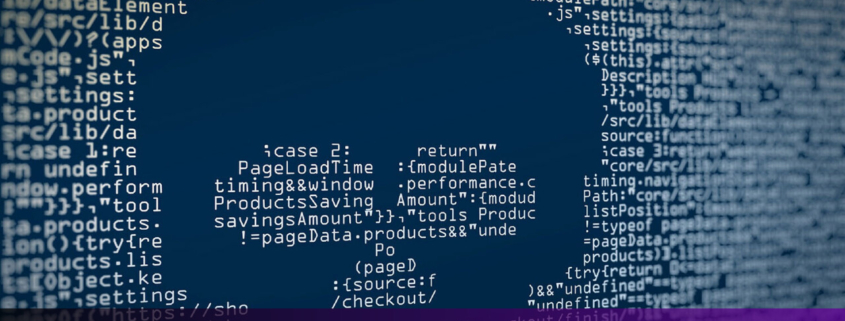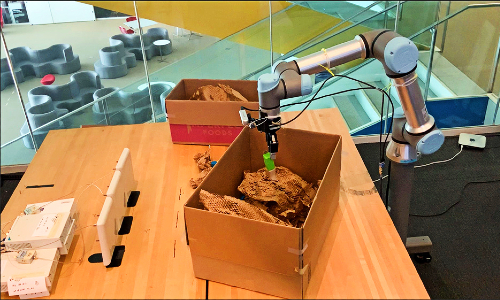Is computer vision the cure for school shootings? Likely not • The Register
Comment More than 250 mass shootings have occurred in the US so far this year, and AI advocates think they have the solution. Not gun control, but better tech, unsurprisingly.
Machine-learning biz Kogniz announced on Tuesday it was adding a ready-to-deploy gun detection model to its computer-vision platform. The system, we’re told, can detect guns seen by security cameras and send notifications to those at risk, notifying police, locking down buildings, and performing other security tasks.
In addition to spotting firearms, Kogniz uses its other computer-vision modules to notice unusual behavior, such as children sprinting down hallways or someone climbing in through a window, which could indicate an active shooter.
If you’re wondering about the code’s false positive or error rate, Kogniz says it has “a trained team of human verifiers” checking the results of its detection software. Either you welcome that extra level of confirmation, or see it as AI potentially falling back on humans right when the computers are needed most.
“[Our solution is] making it dramatically easier for companies, governmental agencies, schools, and hospitals to prepare for and then help reduce the harm done by an active shooter event,” said Kogniz CEO Daniel Putterman.
Kogniz is not the first computer-vision company to get into the gun recognition game – there is a considerable list of companies deploying similar technology and some, such as ZeroEyes, specialize in nothing but gun detection.
“By spreading their attention across multiple offerings, developers are less able to provide the very best service in gun detection,” ZeroEyes said in a blog post. ZeroEyes’ technology has been deployed at schools in 14 states, including Oxford High School in metro Detroit, where a 15-year-old shooter killed four and injured seven last year.
Other vendors – such…



